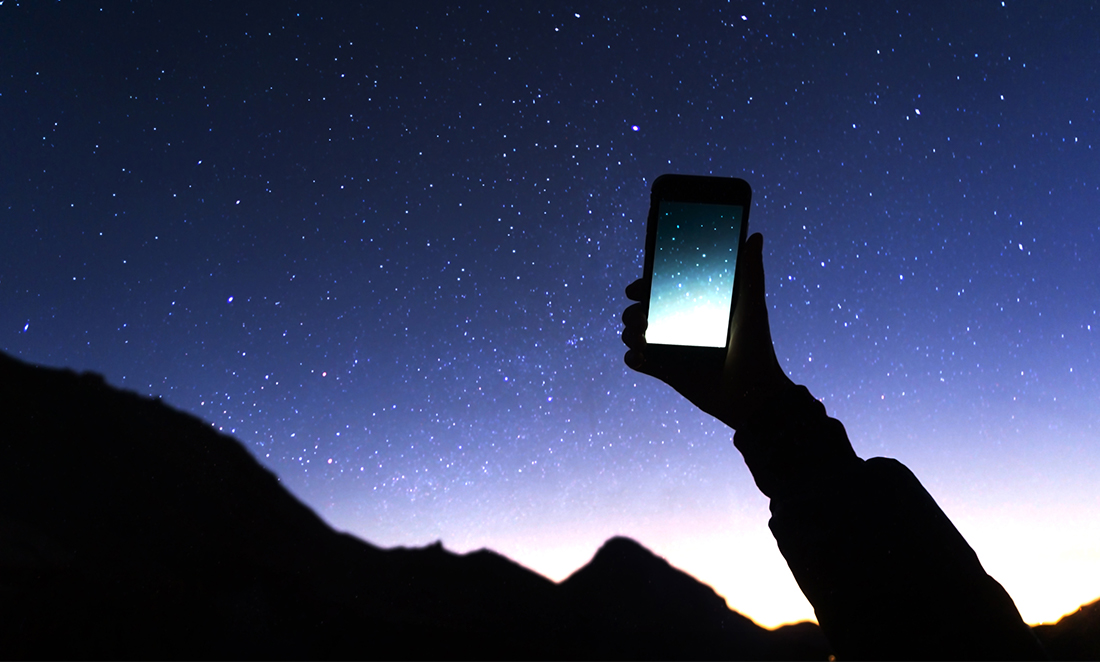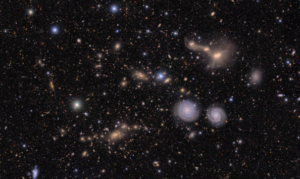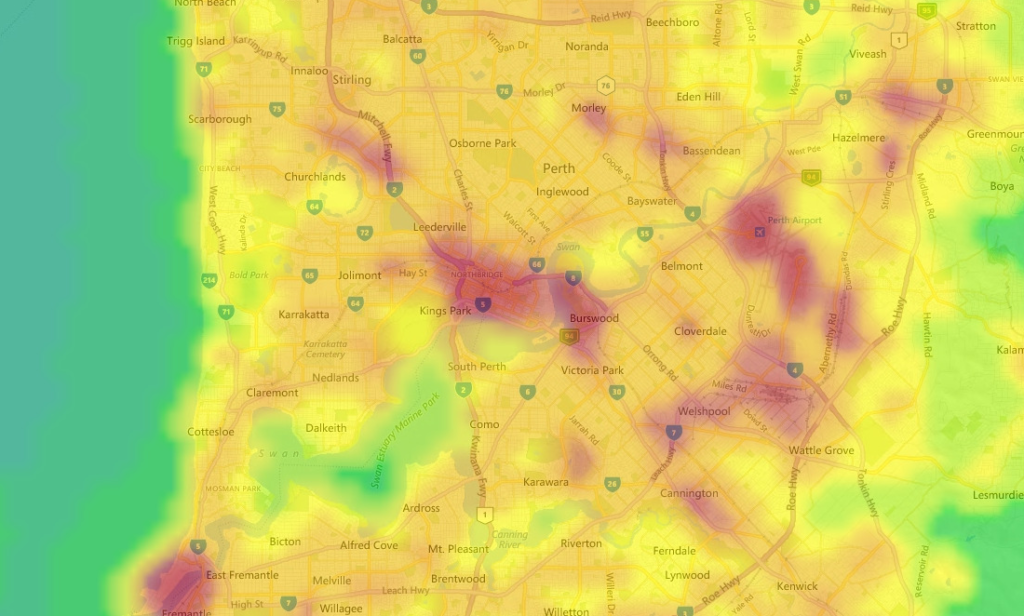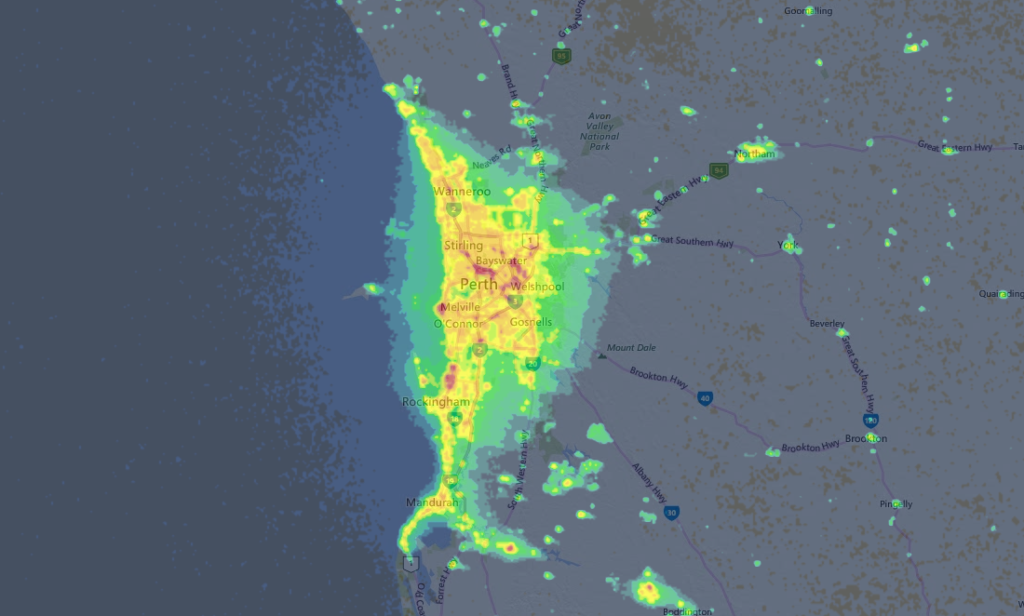Astronomy might seem intimidating, but the secret is actually quite simple: it’s all about seeing as much light from the sky as possible. From the biggest telescopes to the humblest stargazer, everyone’s just trying to collect as many of those sweet, sweet photons as they can.
So how, exactly, do we go about that?
Wait for night-time
Unless one of our neighbours goes supernova sometime soon, there’s only one star we’re likely to see during the day: the Sun.
The Sun is so bright that just about everything else out there can’t compete. So the first thing we have to do is wait for the Sun to set.
But that doesn’t mean you get to sit around twiddling your thumbs! Before you head out, you’ve got some planning to do.
First, it’s a good idea to know what you’re looking for before you get outside. What’s visible in the sky changes over the course of the year, and over the course of a night, so it’s helpful to have some landmarks (or … skymarks?) to look out for. Have a look around Stellarium, have a read of The Sky Tonight, or check out an app like Heavens Above to get an idea of what’s up before you head out.

(If you do want to take a star chart out with you, remember that printed star charts and plansipheres are designed to be held up to the sky, not pointed to the ground. You’ll need to look up and hold the map above you rather than looking down on it if you want it to make any sense.)
Second, you’re going to want to get your tools together. You don’t need to jump straight in to telescopes to have a good time, but you are probably going to want some things to make your night a bit more comfortable. Since it’ll be dark, pack a torch, and since you’ll mostly be looking up, it can be nice to lie down on a towel or blanket.
You also might want to pack some snacks, because to really crank up the amount of light we’re seeing, we’re going to need to hit the road.
Get away from the city
It turns out that all the light from our buildings and street lamps lights up the night sky, much like sunlight does, making it harder to see the really good stuff. You’ll find that you see more from your local park than your backyard, and more again from somewhere like Kings Park.

Here in WA, beaches can be particularly good places to go. Not only is there soft sand to lie on, but facing out towards the ocean gives you a clear horizon, uninterrupted by hills and trees, meaning you can see more.
But by far your best option is to get away from the city altogether. Once you’re out in the hills or up or down the coast, you’ll start to get much less light from humans, and much more from the rest of the universe. The further you get, the more you’ll see.
Know what you’re seeing
You might notice that we’ve avoided saying ‘starlight’ so far – because there’s a whole lot going on up there. Most of what we see is starlight, but if you spend a little bit of time outside looking, there’s some other things which might light up your night as well.
Planets just look like particularly bright stars, but they’ll shine much more steadily rather than twinkling. They also move over time – not much over a night, but give them a week or two and they’ll be in a totally different spot.
Satellites will look a lot like planets, but moving. Satellites, including the International Space Station, will move steadily across the sky in a straight line – not blinking like a plane, and not streaking like a meteor. Unless you’ve planned ahead, you’ll want to spend at least half an hour outside to have good odds of spotting one by chance.
Meteors (or shooting stars) look more like a quick streak and will probably vanish before you get the chance to say, ‘Hey, look over there!’. Unlike planets and satellites, which reflect light from the sun, these light up because they’re burning up in our atmosphere. Again, unless you plan ahead, expect to spend some time outside waiting before you see one of these by chance.
What’s next?
Getting into astronomy doesn’t have to be complicated. You can see a whole lot with no special equipment if you plan ahead, know what you’re looking at, and really make the most of the light coming in to your eyes.
And if you do want to take the next step, you’ll be glad you learned your way around with your eyes first. Telescopes, cameras, and even binoculars let you scoop up even more light and see some even more amazing stuff – but it sure helps to know where to point them.
Happy observing, and we’ll see you out there.











